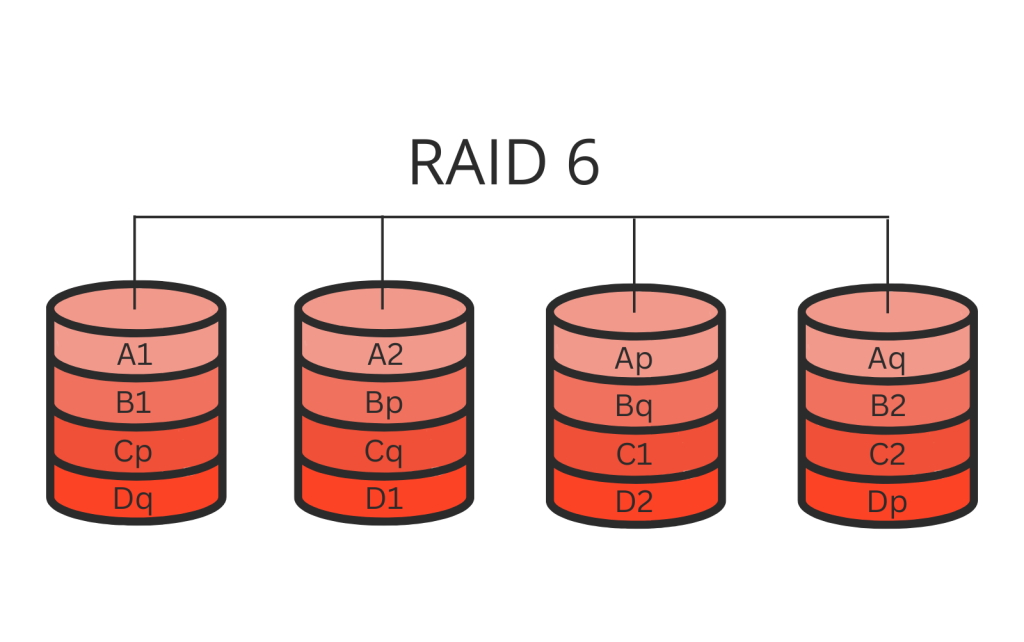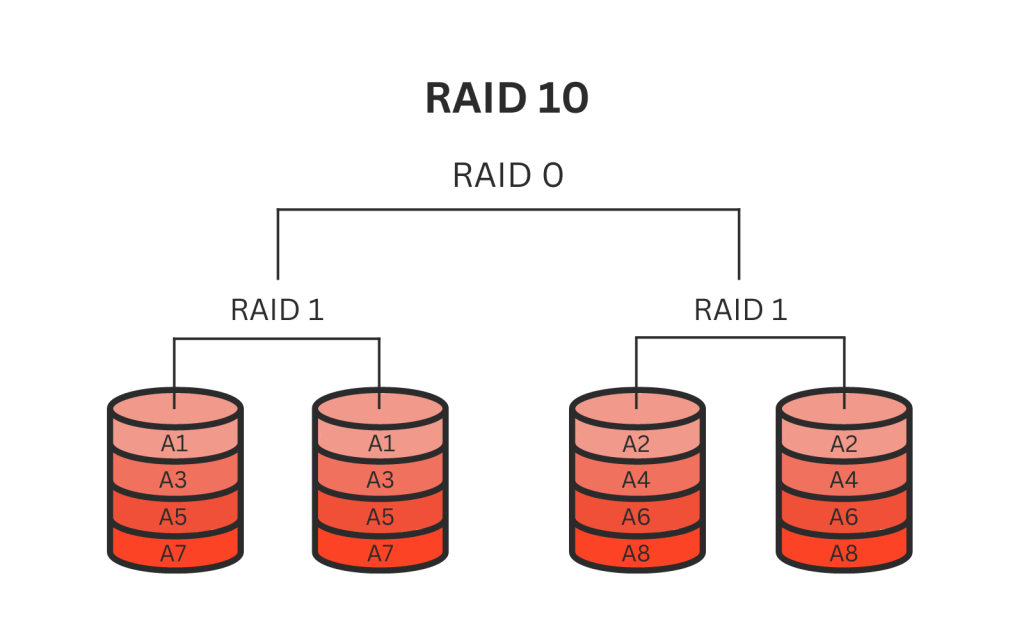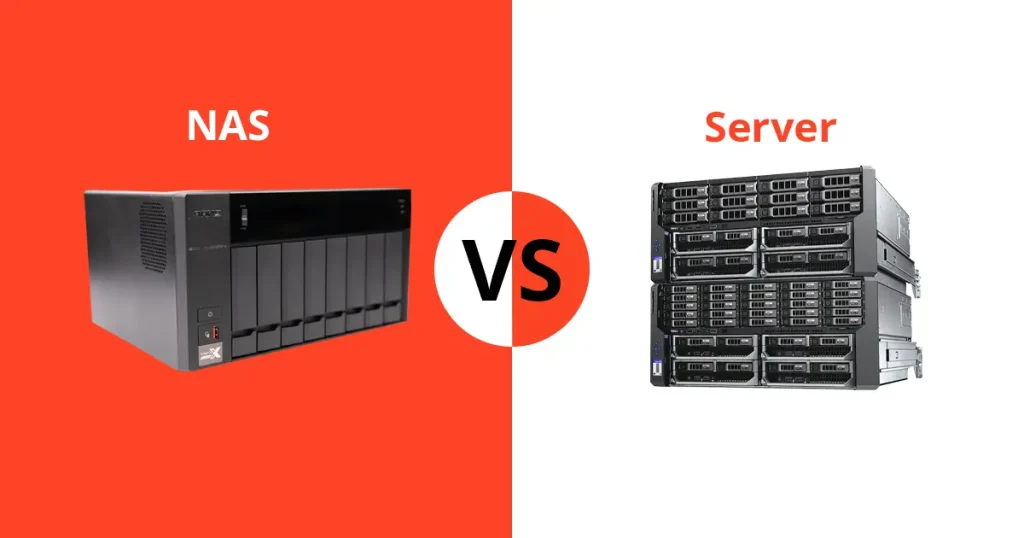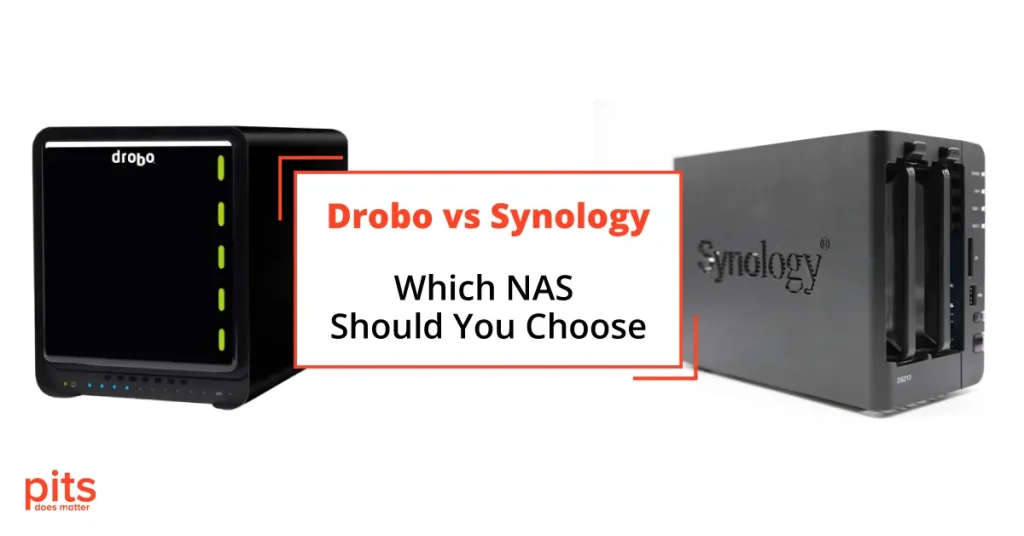Data security stands as a paramount concern for any establishment or individual entrusted with valuable information. Redundant Arrays of Independent Disks (RAID) offer a pathway to bolster data security through a range of RAID levels. Among these levels, RAID 6 and RAID 10, frequently employed, present distinct merits and demerits in relation to disk capacity, disk utilization, mitigation of data loss, and reconstruction capabilities. This exposé undertakes an in-depth examination of RAID 6 and RAID 10, juxtaposing their functionalities and evaluating which alternative aligns more suitably with your requisites for data safeguarding.
Comprehending RAID Levels
RAID levels exert a pivotal influence in shaping the performance and data security proficiencies of a storage system. RAID 6 and RAID 10, two prevalent selections, proffer varied configurations for data retention and redundancy. Let us embark on a more exhaustive exploration of each of these RAID levels.
A Profound Grasp of RAID 6
RAID 6, acknowledged as block-level striping accompanied by dual parity, furnishes an elevated echelon of data fortification in contrast to alternative RAID configurations. Its implementation necessitates a minimum of four disks and has the capacity to endure the impact of two concurrent disk failures without incurring any data compromise.
RAID 6 operates through the computation of parity data for data blocks, subsequently inscribing this information onto two disks housed within the array. The architecture of RAID 6 encompasses a distributed parity arrangement, wherein both data and parity blocks are disseminated across all the drives within the array.

This strategic arrangement empowers the system to reconstruct the array’s integrity even in the face of multiple disk failures. It is imperative to note that the calculations of parity within RAID 6 are of a more intricate nature when compared to other RAID levels, consequently imparting a minor influence on write performance. Nonetheless, commendable read performance is still upheld.
Benefits of RAID 6
Resilience to Faults: RAID 6 exhibits the capacity to endure the concurrent malfunction of two disks, thereby safeguarding both data consistency and accessibility.
Ample Disk Capacity: RAID 6 facilitates the effective utilization of extensive disk capacity, rendering it adept at managing arrays encompassing numerous drives.
Data Safeguarding: Through the implementation of dual parity, RAID 6 notably mitigates the susceptibility to data loss during instances of disk failure.
Enhanced Redundancy: The incorporation of dual parity within RAID 6 affords an added layer of redundancy in comparison to alternative RAID configurations.
Drawbacks of RAID 6
Write Performance: Owing to the intricacies inherent in parity calculations, the write performance of RAID 6 is prone to be inferior when juxtaposed with other RAID arrangements.
Reconstruction Durations: The process of reconstructing a RAID 6 array following a disk failure can be time-intensive, demanding the retrieval of data from all surviving drives.
Comprehending RAID 10
RAID 10, renowned as RAID 1+0, stands as a prominently embraced RAID level that fuses the merits of disk mirroring and striping. This exposition delves into the foundational aspects of RAID 10, its mechanism of operation, and the advantageous attributes it extends. RAID 10 adopts a nested RAID configuration, amalgamating the superlative traits of RAID 1 (mirroring) and RAID 0 (striping).
Its configuration mandates a minimum quartet of drives and accords both data redundancy and heightened operational efficiency. Within RAID 10, data undergoes concurrent recording onto two distinct sets of drives through the mechanism of disk mirroring. These sets are subsequently interwoven through RAID 0 striping, thereby distributing the data across the array of drives. The culmination manifests as a composite arrangement that harmonizes both data redundancy and augmented operational efficacy.

Benefits of RAID 10
Elevated Performance: RAID 10 bestows exceptional read and write performance, rendering it optimal for applications demanding expeditious data accessibility.
Rapid Reconstruction Periods: The reconstruction of a RAID 10 array is expedited in comparison to the restoration of RAID 6, given that it solely involves duplicating data from the mirrored disk onto a fresh replacement disk.
Enhanced Resilience to Faults: RAID 10 remains resilient in the face of multiple disk failures under the stipulation that these failures remain isolated within distinct mirrored pairs.
Drawbacks of RAID 10
Disk Utilisation: In comparison to RAID 6, RAID 10 exhibits diminished disk utilization. In the context of RAID 10, only fifty percent of the entire disk capacity remains exploitable due to mirroring. Consequently, the accommodation of larger disk capacities might necessitate the incorporation of a greater number of physical disks to achieve the sought-after storage capacity.
Restricted Scalability: The scalability of RAID 10 is notably restricted, demanding the addition of mirrored pairs of disks. The expansion of the array might necessitate the comprehensive reconstruction of the system.

RAID 6 vs. RAID 10: An Appraisal
When contrasting RAID 6 and RAID 10, it is imperative to weigh a multitude of factors, encompassing disk capacity, disk efficiency, safeguarding against data loss, and comprehensive performance.
1
Disk Capacity and Efficiency
RAID 6 exhibits a more judicious exploitation of disk capacity in comparison to RAID 10. The design of RAID 6 necessitates a mere duo of drives for parity, thereby affording an expanded arena of employable storage space vis-à-vis RAID 10, which undertakes data mirroring and consequently curtails available capacity by fifty percent.
2
Safeguarding Against Data Loss
Both RAID 6 and RAID 10 furnish robust data security; nevertheless, their methodologies diverge. RAID 6, through its dual parity architecture, accommodates the simultaneous malfunction of up to two drives. In contrast, RAID 10 stands resilient in the face of a singular drive failure within each mirrored set. In terms of fortification against data loss, RAID 6 yields a heightened echelon of fault tolerance.
3
Performance
In the realm of performance, RAID 10 emerges as the frontrunner. The striped arrangement of RAID 10 contributes to ameliorated read and write velocities, rendering it a choice preference for applications that mandate high-performance data retrieval. RAID 6, entailing dual parity calculations, may exhibit marginally reduced write speeds in comparison to RAID 10.
4
Financial Considerations
In the sphere of cost, RAID 6 generally asserts a more economical stance than RAID 10. The deployment of RAID 6 necessitates a diminished array of drives, resulting in reduced hardware expenditures. On the contrary, RAID 10, marked by its amalgamation of mirroring and striping, mandates an augmented quantity of drives and, therefore, may incur heightened costs.
The selection between RAID 6 and RAID 10 hinges upon the specifics of your requisites and priorities. RAID 6 delivers efficient disk capacity utilization, pronounced fault tolerance, and economic viability, rendering it apt for environments that accord precedence to storage efficiency and data integrity. Conversely, RAID 10 excels in the domain of performance, supplying accelerated read and write speeds and extending substantial resilience to faults.
When arriving at a decision, it is imperative to take into account various elements encompassing your stipulated storage capacity prerequisites, the aspired degree of data safeguarding, the imperative benchmarks in terms of performance, and the financial parameters at hand. Be it the selection of RAID 6 or RAID 10, both these tiers of RAID confer dependable data security. Gaining insight into their distinctions will facilitate the identification of the optimal recourse aligned with the distinct attributes of your storage milieu.
Frequently Asked Questions
What stands as the principal differentiation between RAID 6 and RAID 10?
The fundamental variance resides within their configurations. RAID 6 employs block-level striping accompanied by dual parity, presenting heightened resilience to faults and judicious utilization of disk space. Conversely, RAID 10 amalgamates disk mirroring and striping, thereby furnishing augmented operational efficiency and fault tolerance.
Which RAID tier holds superiority in terms of data safeguarding?
Both RAID 6 and RAID 10 proffer robust data security capabilities, albeit excelling in distinct domains. RAID 6 can endure the concurrent failure of two drives, rendering it highly impervious to data loss. Contrarily, RAID 10 assures expeditious reconstruction times and outstanding performance, guaranteeing swift recuperation in the event of disk malfunctions.
Which RAID alternative exhibits superior cost-effectiveness?
From the perspective of fiscal efficiency, RAID 6 generally emerges as the more economical choice in comparison to RAID 10. The implementation of RAID 6 necessitates a diminished complement of drives, thereby translating into reduced hardware outlays. Conversely, RAID 10, characterized by its amalgamation of mirroring and striping, mandates a heightened number of drives and consequently may entail greater expenditure.
Which RAID level is optimal for maximizing storage capacity?
RAID 6 garners greater suitability for the maximization of storage capacity. Its adept disk utilization fosters a more extensive arena of employable storage space in juxtaposition to alternative RAID levels. Owing to its mirroring paradigm, RAID 10 offers employable storage space equivalent to fifty percent of the total disk capacity.
We’re Here to Help
Our experienced team is committed to helping you recover your critical data. No matter the situation, we work diligently to ensure the best possible outcome. Take action now and let us restore what’s important to you.
Start Recovery Process
"*" indicates required fields


